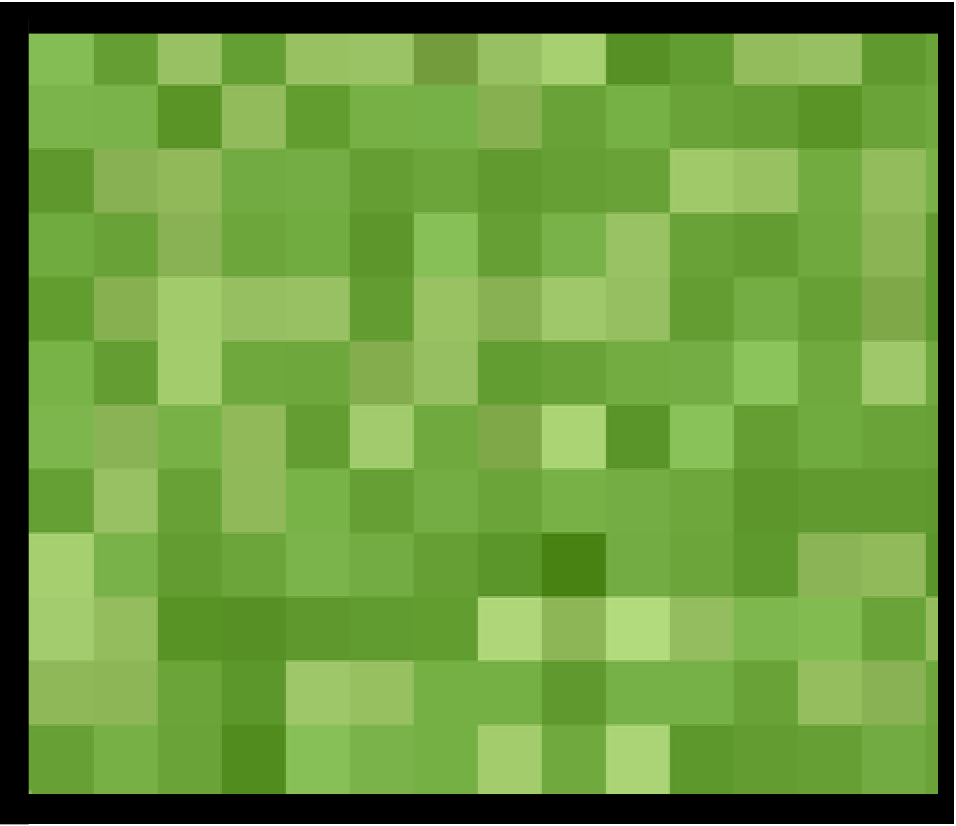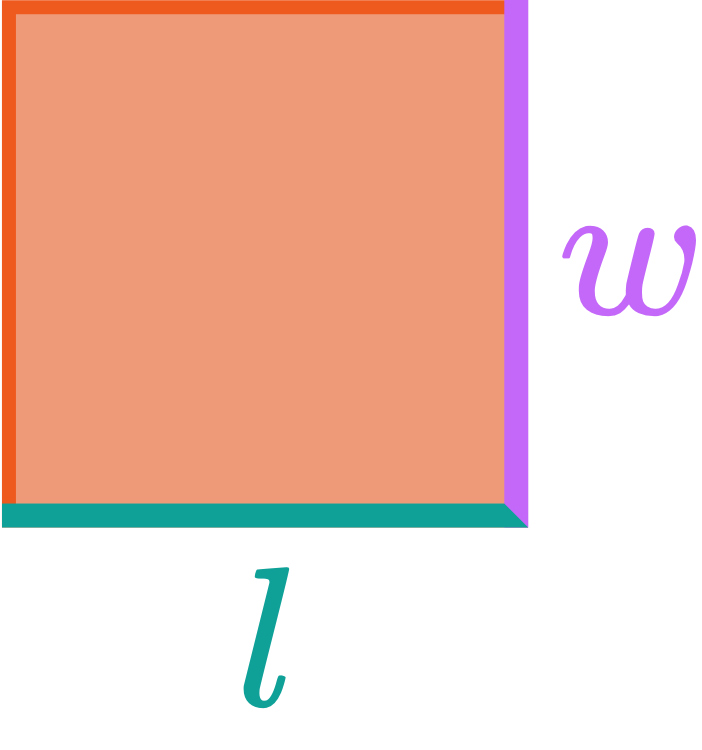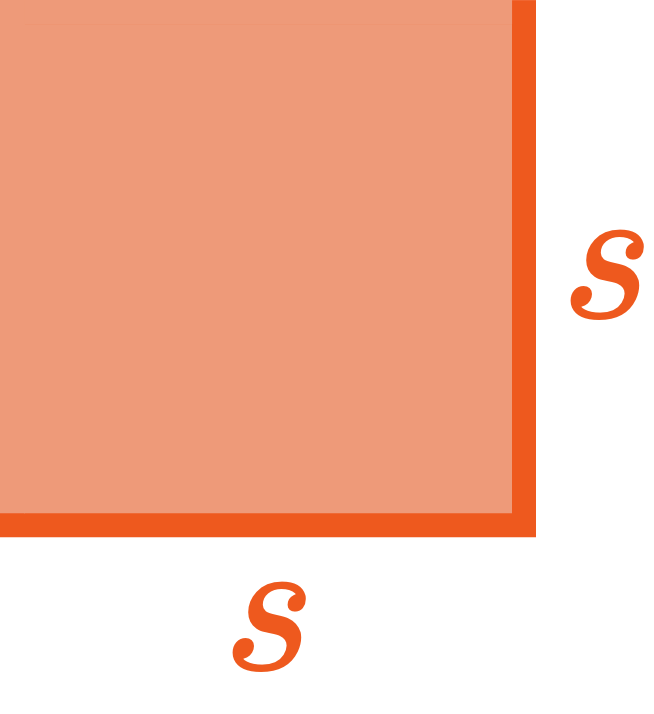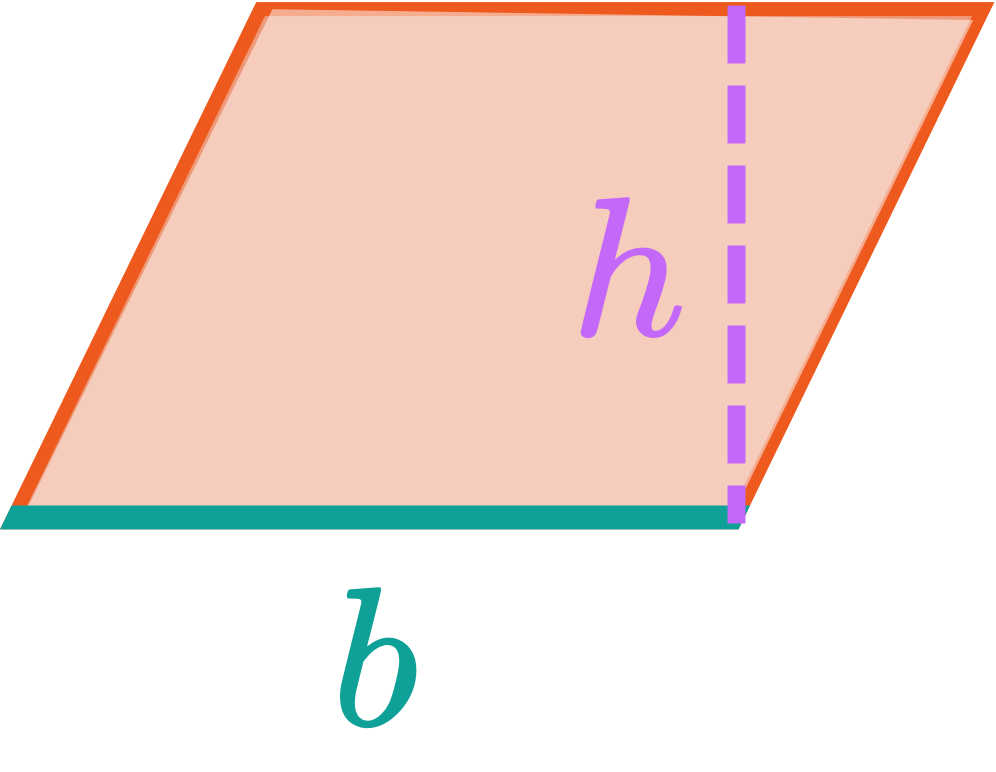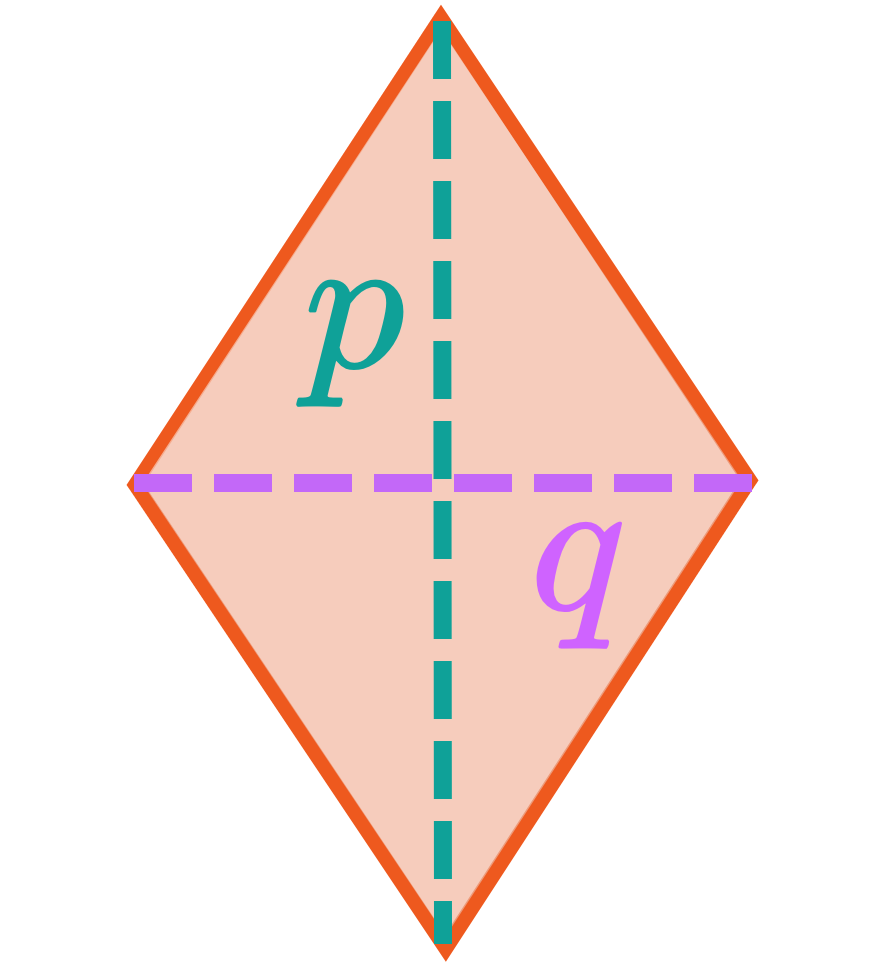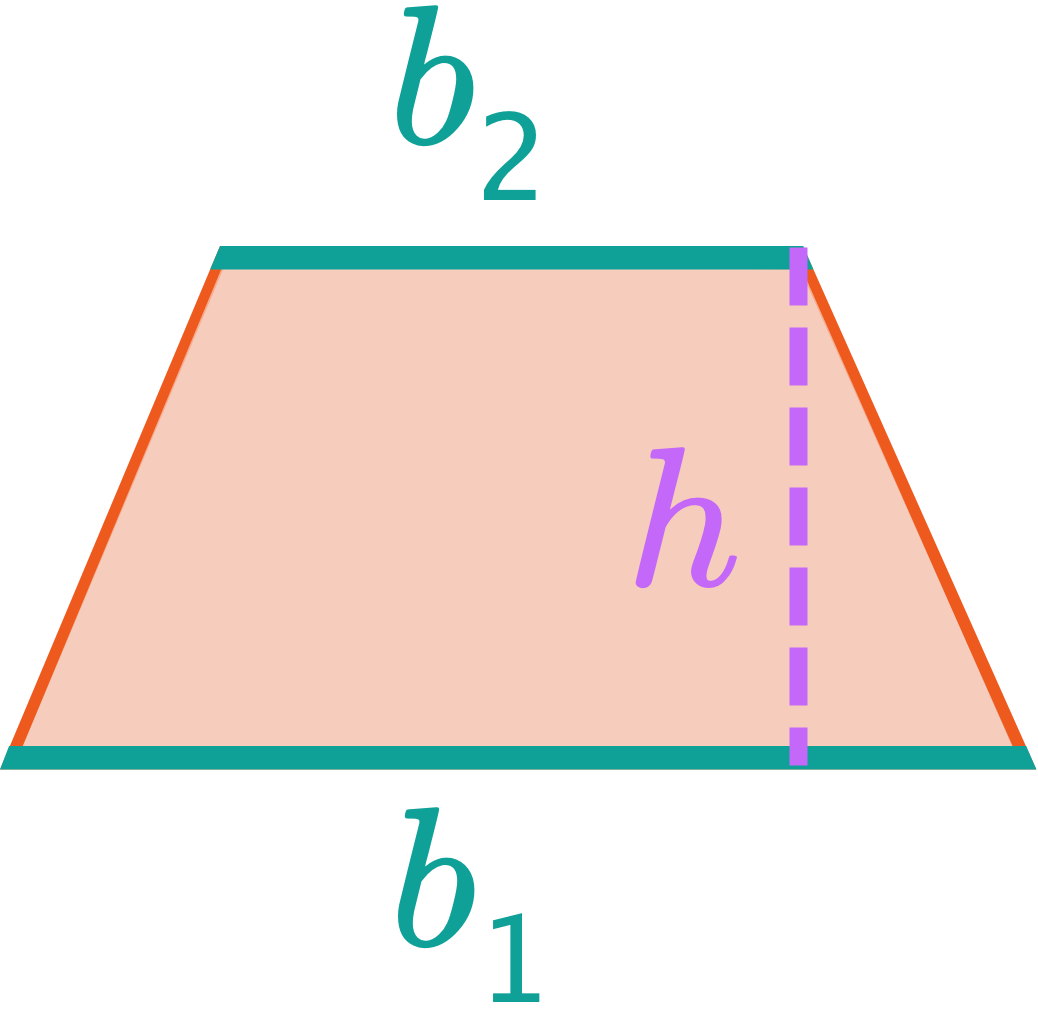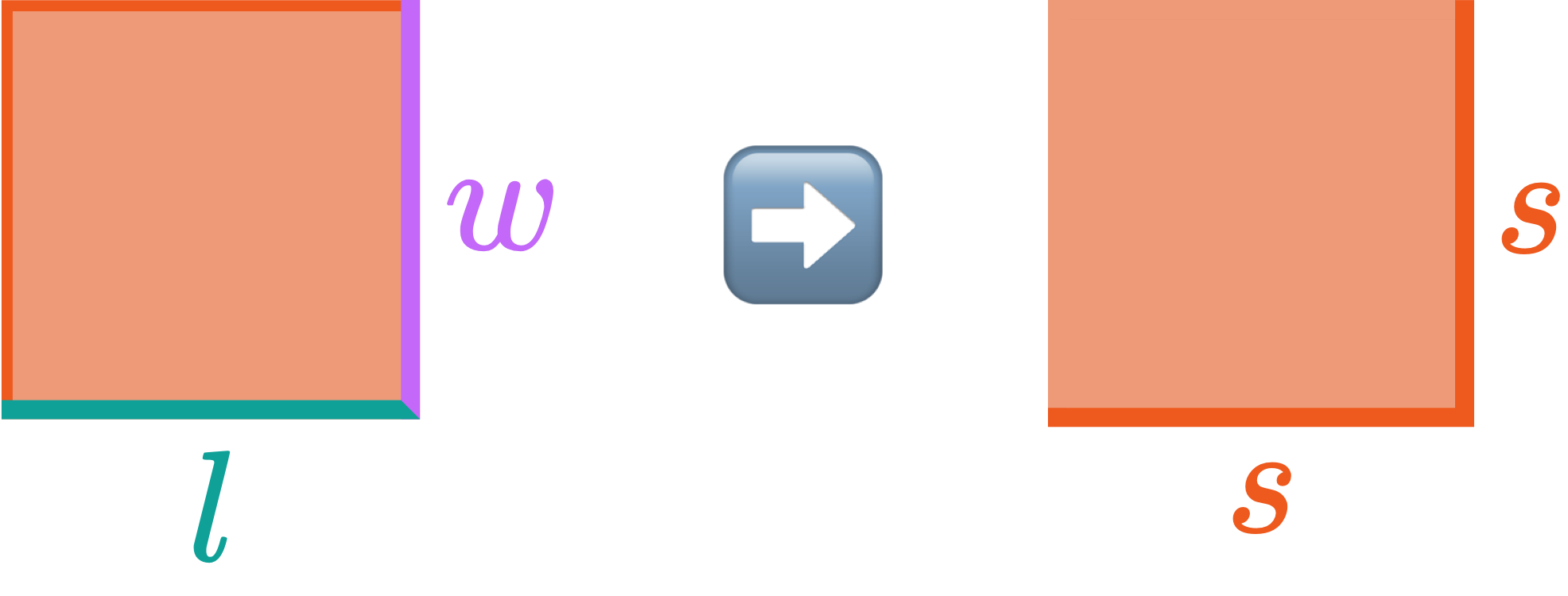CALCULATOR
—
Area of Quadrilaterals Calculator
What does your quadrilateral look like?
Step 1. Identify the length & width of the rectangle.
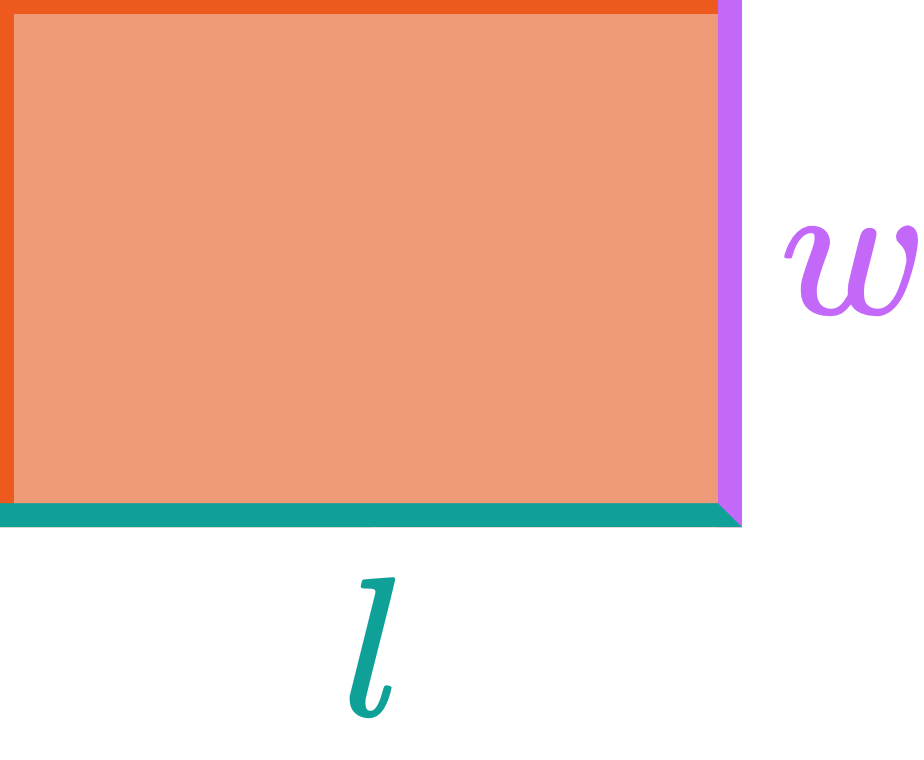

We have some questions for you! Help us out through this
INTRO
—
When we’re asked to find the area of a quadrilateral, what we’re really looking for is the amount of space inside the boundaries or sides that connect to make the shape.
Let’s imagine we want to build a small field in a Minecraft world and need to figure out the amount of land (area) in a 3 × 5 field.
We can start with a strip of land that has blocks of grass.
KEY STEPS
—
How to Find the Area of a Quadrilateral
Shape:
Step 1. Identify the length & width of the rectangle.

Step 2. Multiply the length by the width.
LESSON
— Area of Rectangles & Squares
PRACTICE
— Area of Rectangles & Squares
LESSON
— Area of Parallelograms
PRACTICE
— Area of Parallelograms
LESSON
— Area of Rhombuses & Kites
PRACTICE
— Area of Rhombuses & Kites
LESSON
— Area of Trapezoids
PRACTICE
— Area of Trapezoids
CONCLUSION
—
Leave Feedback
